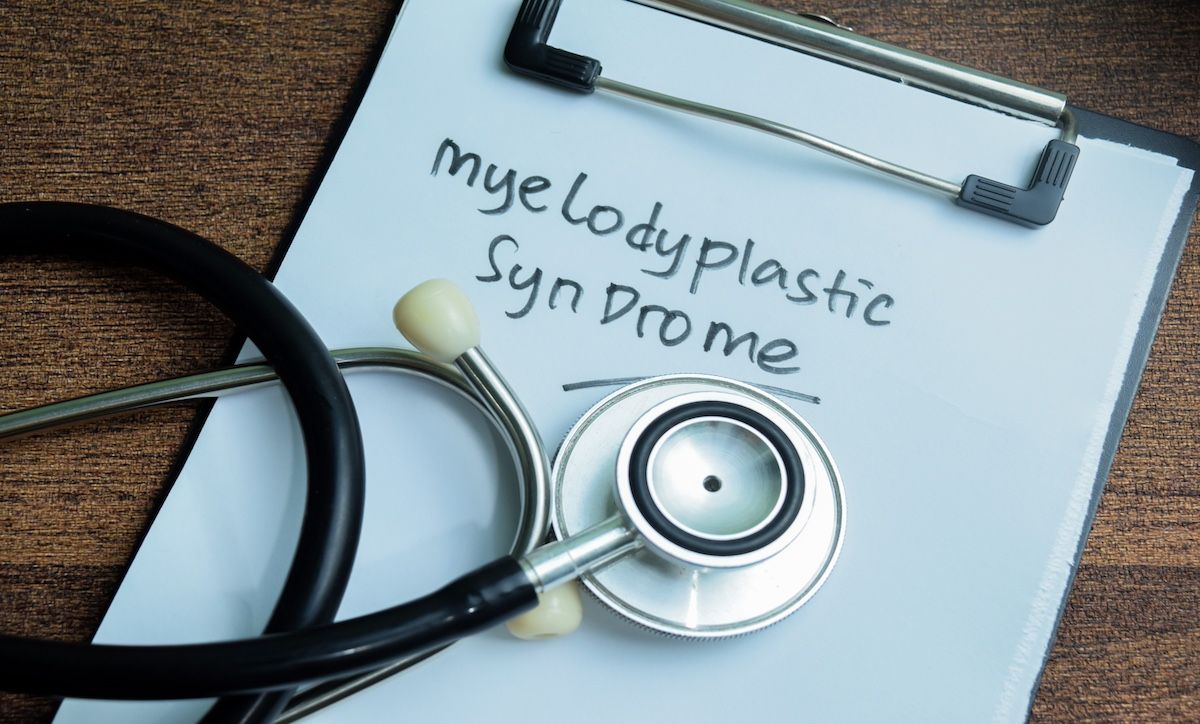Article
Sarilumab Reduces Unacceptable Pain, Lowers Glucocorticoid Doses, and Costs Less per Responder Than Comparators
Author(s):
Patients with rheumatoid arthritis receiving sarilumab have lower odds of unacceptable pain and are able to reduce their dose of oral glucocorticoid; they also have lower costs per responder than most other treatments, according to a trio of abstracts presented at the American College of Rheumatology/Association of Rheumatology Professionals 2019 Annual Meeting.
Patients with rheumatoid arthritis (RA) receiving sarilumab have lower odds of unacceptable pain, are able to reduce their dose of oral glucocorticoid, and have lower costs per responder than most other treatments, according to a trio of abstracts presented at the American College of Rheumatology/Association of Rheumatology Professionals 2019 Annual Meeting.
Unacceptable pain
Patients with RA often experience pain, likely due to inflammation, but even when treatments have inflammation under control, unacceptable pain may still be present. In one abstract, researchers studied unacceptable pain levels and refractory pain in patients taking sarilumab 150 mg or 200 mg every 2 weeks.1
The researchers used data from TARGET (sarilumab vs placebo), MOBILITY (sarilumab vs placebo), and MONARCH (sarilumab vs adalimumab) to analyze meaningful improvements in pain. They found that in all 3 trials, sarilumab 150 mg and 200 mg were both “associated with better inflammation control and lower rates of unacceptable pain versus comparators.”
In MOBILITY sarilumab had a lower odd of refractory plain versus placebo, but there were no significant differences in odds of refractory pain for sarilumab 200 mg compared with placebo or adalimumab in TARGET or MONARCH.
“Further research is needed regarding the sources of persistent pain and potential role of inflammation control in patients with RA given that no significant differences were noted in two out of three studies when evaluating pain despite inflammation control,” the authors noted.
Reducing glucocorticoids
In a second abstract, researchers found that long-term treatment of RA with sarilumab decreased the dose of oral glucocorticoid (in this case, prednisone). They analyzed patients who either completed the phase 3 EXTEND study or who were treated with sarilumab in the open-label extension study.
Patients who received sarilumab 200 mg every 2 weeks (or who had a dose reduction to 150 mg as needed) had a reduced use of prednisone. At baseline, the 137 (15.4%) patients using prednisone took between 0 and 5 mg, 515 (57.8%) took between 5 and 10 mg, and 239 (26.8%) took 10 mg or more, making the mean dose of prednisone at baseline 6.3 mg per day. Over the study period there was a 21.3% mean reduction at 4 years.
At approximately 1 year (weeks 49-60), 85.1% of patients had stable prednisone use, 11.6% had decreased use, and 3.4% had increased use. However, by weeks 205 to 216, the portion of patients with decreased prednisone use had grown to 46.2%, while the portion of patients with increased use grew only slightly to 7.6%.
The researchers also found that patients with higher prednisone doses (≥5 mg/day) were more likely to decrease their dose than patients taking less than 5 mg per day.
Costs per responder
Sarilumab has been studied in patients with RA who could not take conventional synthetic disease-modifying antirheumatic drugs (csDMARDs) because they were either inadequate responders to, inappropriate candidates for, or intolerant of them. These results have been compared with patient responses with other combination treatments with methotrexate.
In this abstract, the authors showed that the number needed to treat (NNT) to obtain 1 responder to sarilumab compared with almost all other comparators. When comparing monotherapies, the NNT for sarilumab was 2.4 and the only other treatments with lower NNT were etanercept (2.3) and tocilizumab intravenous 8 mg/kg (2.2). However, sarilumab had the lowest cost per responder ($69,440) compared with all other treatments. Adalimumab subcutaneous had the highest cost per responder at $150,348.
When comparing combinations, sarilumab had a lower NT (3.2) than all comparators but tocilizumab intravenous 8 mg/kg (3.0). The cost per responder for sarilumab was $87,047, but tocilizumab intravenous 4 mg/kg, baricitinib 2 mg, and rituximab intravenous all had lower cost per responder.
References
1. Bykerk V, Wei W, Boklage S, Kimura T, Fiore S, St. John G. Impact of sarilumab on unacceptable pain and inflammation control in moderately-to-severely active rheumatoid arthritis (RA) patients in 3 phase 3 studies. Presented at: The American College of Rheumatology Annual Meeting, November 8-13, 2019; Atlanta, Georgia. Abstract #1393.
2. Fleishman R, Selmi C, González-Gay MA, et al. Glucocorticoid dose is progressively reduced in patients with RA receiving sarilumab: results from the open-label EXTEND study. Presented at: The American College of Rheumatology Annual Meeting, November 8-13, 2019; Atlanta, Georgia. Abstract #1379.
3. Fournier M, Boklage S, Joly F, et al. Cost-per-responder analysis of sarilumab for the treatment of moderately-to-severely active rheumatoid arthritis (RA). Presented at: The American College of Rheumatology Annual Meeting, November 8-13, 2019; Atlanta, Georgia. Abstract #1419.





